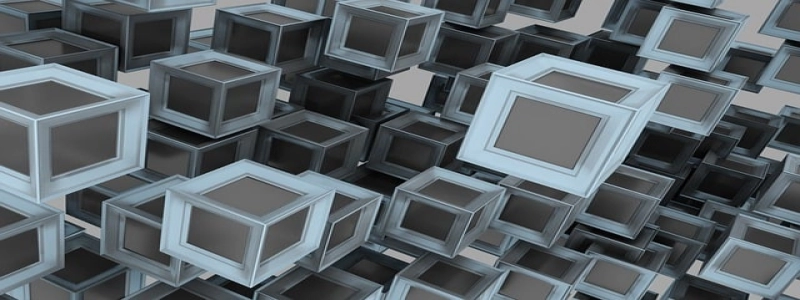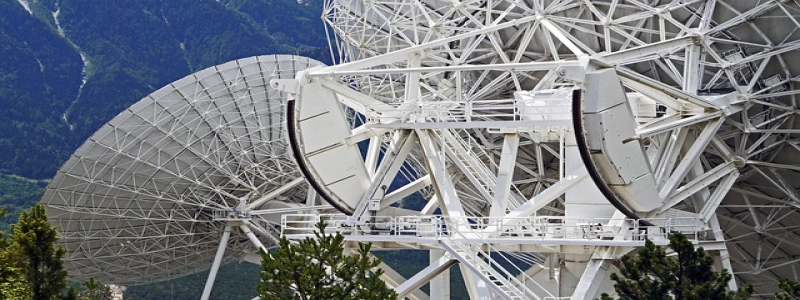Ethernet Connector Diagram
Introducción:
Ethernet connectors are essential components in networking that provide a physical connection between devices to establish an Ethernet network. This article will explain the various levels of Ethernet connectors and provide a detailed overview of their features and functionalities.
I. Types of Ethernet Connectors:
A. RJ-45 Connector:
1. Descripción:
– Most commonly used Ethernet connector.
– Consists of eight pins arranged in two rows of four.
– Utilizes an eight-wire twisted pair cable.
2. Features:
– Easy to connect and disconnect.
– Supports data transmission rates up to 1000 Mbps (GigabitEthernet).
– Provides excellent noise and interference reduction.
B. Fibre Optic Connector:
1. Descripción:
– Uses optical fibers to transmit data.
– Different types include LC, SC, and ST connectors.
– Can handle longer distances than copper-based connectors.
2. Features:
– High data transmission rates up to 100 Gbps.
– Immune to electrical interference.
– Ideal for long-distance network connections.
C. BNC Connector:
1. Descripción:
– Coaxial connector primarily used in older Ethernet networks.
– Commonly found in 10BASE2 and 10BASE5 networks.
– Utilizes a coaxial cable for data transmission.
2. Features:
– Simple installation with a twist-on or push-on design.
– Suitable for short-distance connections.
– Not commonly used in modern Ethernet networks.
II. Connector Wiring:
A. Straight-Through Wiring:
– Used for connecting different devices, such as a computer to a switch.
– Pin configurations remain the same on both ends of the cable.
– Pin 1 connects to Pin 1, Pin 2 to Pin 2, and so on.
B. Crossover Wiring:
– Used for connecting similar devices, such as a computer to another computer.
– Pin configurations are crossed over on one end of the cable.
– Pin 1 connects to Pin 3, Pin 2 to Pin 6, and vice versa.
III. Ethernet Connector Standards:
A. TIA/EIA-568:
– Sets the wiring standards for Ethernet connectors.
– Defines the pin layouts and color codes for various connector types.
B. IEEE 802.3:
– Defines the Ethernet protocol and standards.
– Specifies the data transmission rates and network topologies.
Conclusión:
Ethernet connectors play a crucial role in establishing reliable and high-speed Ethernet networks. The RJ-45 connector is the most commonly used due to its simplicity and compatibility with various devices. Fiber optic connectors are ideal for long-distance connections, while BNC connectors are primarily used in older networks. Understanding the connector types, wiring configurations, and industry standards is essential for creating a robust and efficient Ethernet network.








